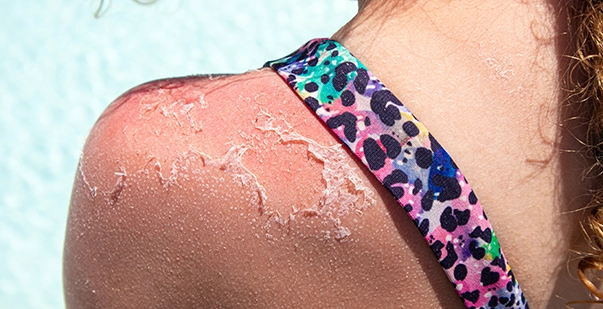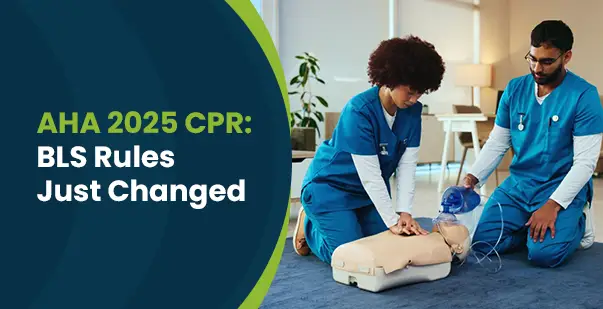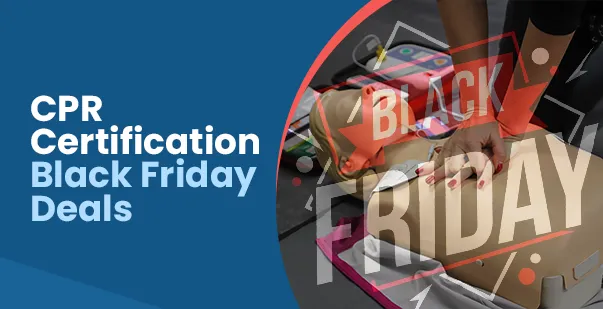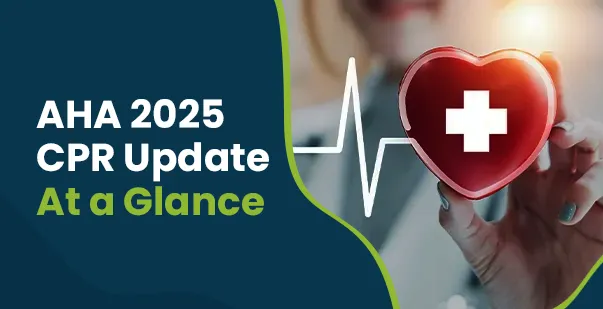Everyone has experienced sunburned skin at one point or another. Moderate exposure to the sun provides many health benefits, from helping your body make Vitamin D to absorbing important minerals like calcium. However, when you enjoy long hours outdoors unprotected, your skin is at risk of getting sunburned. The good news is that if you suffer from such damaged skin, you can follow some simple remedies to achieve instant sunburn relief . Read on to explore the remedies that will help you dial down the symptoms of the sunburn and speed healing.
Understanding Sunburn and its Effects
Sunburns are the result of overexposure to UV-B (ultraviolet radiation) rays from the sun. They cause your skin to redden and blister by damaging the outer protective layer of skin cells. The dangers of sunburn go far beyond the short-term pain, swelling, and redness.
In the long run, it might lead to premature aging and increase your risk of skin cancer. According to recent research, skin cancer is the 17th most common cancer worldwide. Sunburns are typically classified into two categories:
- First-degree sunburn: This damages only the first layer of the skin, the epidermis. Symptoms include red, dry, irritated skin that might be hot to the touch. These types of burns usually resolve within three to five days.
- Second-degree sunburn: This affects the epidermis and reaches the layer beneath it known as the dermis. Symptoms include deep red skin, swelling, blistering, pain, and discomfort. You might also experience fever and nausea/vomiting. These types of burns take longer to heal and raise your risk of developing skin cancer.
Read More: Chemical Burns: First Aid Treatment and Prevention Tips
Sunburn Self-Care – First Aid Tips to Soothe the Symptoms
It is not possible to make your sunburn magically disappear, but you can treat the condition with tactics that will ease your symptoms and suffering. When you notice redness or pain in your skin, you should follow the first aid training for sunburn to limit the symptoms. Here are the initial steps to sunburn self-care.
Get Out of the Sun
Find some shade as soon as you begin to notice redness or feel the heat in your skin from the burn. This will help protect your skin from further damage. If you cannot find any tall trees nearby or are unable to use an umbrella, you can use a towel or any other object to get the cover you need.
Stay Hydrated
Drinking plenty of water to stay hydrated is the first step for sunburn pain relief. Developing sunburn will transfer fluids from your body to your skin, making you more susceptible to dehydration. Drinking plenty of fluids for sunburn will help replenish your liquid levels and help your body heal more quickly.
Take A Cold Shower or Bath
Even after taking shelter in the shade, redness from sunburn can make it feel like you are burning up constantly. To ease the pain and bring your body temperature down, experts recommend taking a gentle, cool shower or bath. The cool water will provide instant sunburn relief, leaving you feeling refreshed and comfortable. It will also help clean the affected area, reducing the risk of infection. While showering or bathing, avoid using harsh soaps on the sunburn, as they will irritate and dry out the damaged skin.
Use Cool, Damp Compress
Most sunburn treatments focus on overall body relief and recovery. To target specific areas, consider applying a clean towel or washcloth to soothe and cool the sore skin. Simply apply the cold compress to the affected area to numb the pain, alleviate itchiness, and provide instant relief. While the cold compress can heal the effects of sunburn, it is not advisable to apply ice directly to your skin as it can cause excess damage and pain.
Allow Blisters to Heal
Mild sunburns will not cause blisters, but severe sunburns might. If you get blisters on your sunburned skin area, it is important to allow them to heal on their own. Blisters protect the skin underneath by keeping it covered while new skin grows. If you pop them, you can increase the risk of infection, so it’s best to leave them alone.
Resist the Urge to Itch
As your skin heals from the sunburn, it might begin to peel or flake, which can cause the urge to itch or scratch. However, scratching will disrupt the skin’s healing process and make the condition more painful. It will also cause infection, lengthening your recovery time. To overcome the urge, treat your peeling skin gently with aloe vera gel or a moisturizing lotion.
Take Medicine
If you think you have spent too much time in the sun without protection, you may take pain-relieving medications like aspirin or ibuprofen as directed. These medications will help reduce swelling, redness, and the sting of sunburn. The key is to start these over-the-counter medications as early as possible with a physician’s prescription to limit your reaction.
Wear Protective Clothing
It is important to protect your sunburned skin from further damage and irritation while it begins to heal. When you go outside, make sure to wear protective clothing to cover the sunburn. Tightly woven fabrics with an SPF rating will work best to protect your sunburned skin from excess damage.
Read More: First Aid for Bleeding – Types and How to Treat
Home Remedy for Sunburn – Simple Tips to Heal the Skin
Despite first aid treatment, your sunburn may linger for a few days. Thankfully, you can ease the discomfort and prevent lasting damage by following some natural remedies instead of using harsh chemicals or other toxins. Here are the top natural home remedies you can use for sunburn treatment at home immediately following exposure.
Aloe Vera
Aloe vera is a popular home remedy for sunburn, providing quick relief to damaged skin. Its anti-inflammatory properties have been proven to promote healing. The gel’s moisture content helps soothe symptoms and promote the healing process. Simply break off a leaf, squeeze the gel onto the skin, gently lather the gel on your burns, and let it dry to reap its full benefits. Aloe vera gel is also readily available in most stores.
Oatmeal Bath
If you are wondering what to put on sunburn apart from aloe vera, it’s time to get your hands on oatmeal. Besides being a hearty breakfast, oatmeal provides exceptional burn relief by increasing moisture retention in your skin to minimize peeling or dry, flaky skin. Finely ground oatmeal has anti-inflammatory properties that create a protective layer around your skin to promote repair.
To prepare, blend one or two cups of whole rolled oats into a fine powder using a food processor. Fill a cool bath and mix the blended oatmeal into the water until it turns milky white. Soak in the bath for 15 minutes to enjoy the full effects of this home remedy.
Tea Bags
Black tea has long been a go-to remedy for sunburn relief, especially for healing damaged and inflamed skin. Tea contains naturally occurring tannins and antioxidants that soothe the burn and heat. Soak some tea bags in cold water and steep them for two to five minutes. Once ready, gently place the bags on the burned areas to relieve swelling.
When to Seek Medical Help for Sunburn Relief
While first-degree or mild sunburn can be treated at home, severe cases require medical attention. Here are some signs indicating you should seek professional sunburn treatments.
- Severe pain that does not improve with pain-relieving medication
- Large blisters or extensive blistering that may cause severe infection
- Chills or fever
- Nausea, vomiting, or dizziness
- Signs of infection on sunburned skin, such as redness, swelling, warmth, or pus
Preventive Tips for Sunburn
Prevention is the best way to avoid sunburned skin. You make yourself vulnerable to harmful UV rays when you don’t protect yourself properly. Here are some tips to follow when you go outdoors to decrease the risk of sunburn and further damage to your skin:
- Apply sunscreen ahead of time: Always apply sunscreen at least 15 minutes before going outdoors, even on cloudy days. It takes about 15 minutes for the skin to absorb the lotion and protect itself from UV rays.
- Opt for protective clothing: When in direct sunlight, wear a wide-brimmed hat and as much clothing as comfortably possible to protect your skin. Consider clothing with integrated UV protection fabrics for prolonged sun exposure.
- Wear sunglasses: To protect your eyes from sun damage, wear sunglasses that block UVA and UVB rays.
- Seek shade: Limit direct sun exposure, especially between 10 AM and 4 PM, when UV rays are strongest.
- Regular skin checks: Get to know your skin to be aware of any changes. Assess your skin regularly for moles, bumps, scaly spots, or patches of discoloration. Seek guidance from your healthcare professional if you notice any sudden changes.
Stay Sun-Safe with Sunburn First Aid Tips
First aid for sunburn relief is essential to alleviate pain discomfort, and promote healing. Mild sunburn can be treated at home with simple remedies like aloe vera gel or cold compresses. However, if you experience severe symptoms like fever or any signs of infection, make sure to seek immediate medical attention. Remember, there is no magical cure for sunburns. With the help of these home remedies, you just have to give your body time to heal and replace the damaged layer of skin. Whether you are heading to the beach or hitting the slopes, ensure to protect yourself and never experience the burn again.









